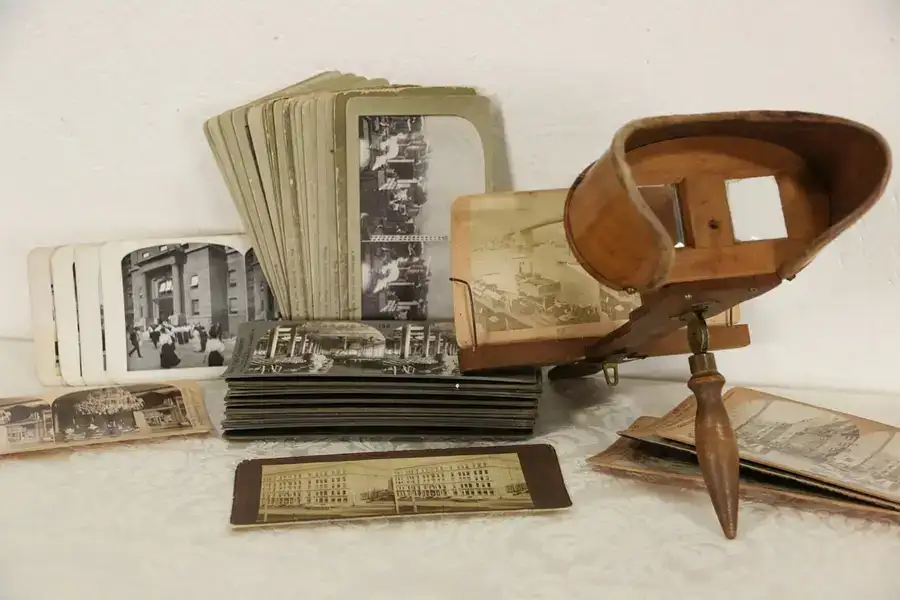
Background and Scope: The Stereograph Format
Long before virtual reality and 3D movies, families gathered around a stereoscope to peer into another world—one that felt almost alive. These double-image cards, known as stereo cards or stereographs, offered a glimpse into distant lands, historic events, and everyday life with stunning depth and realism.
In the mid-19th century, photography took a leap—not just in capturing moments, but in immersing viewers within them. The stereograph format, emerged as a popular medium that transformed flat images into vivid, three-dimensional experiences.
Each stereograph consists of two nearly identical photographs mounted side by side. When viewed through a stereoscope, the slight difference in perspective between the left and right images mimics human binocular vision, creating the illusion of depth. The result? A scene that feels almost tangible—like stepping into a memory.

Stereoscope 1890's Antique Stereo Viewer
Restoring Stereo Cards
How to Bring 3D Vintage Photos Back to Life
Historical Reach
From the 1850s through the early 1900s, stereographs became a cultural phenomenon. They were mass-produced and widely distributed, offering people a window into:
Faraway lands and exotic travel scenes
Religious and missionary work, often used for education and inspiration
Domestic life, portraits, and family moments
Historic events, architecture, and industrial marvels
For many households, the stereoscope was a centerpiece of evening entertainment—an analog precursor to today’s immersive media.
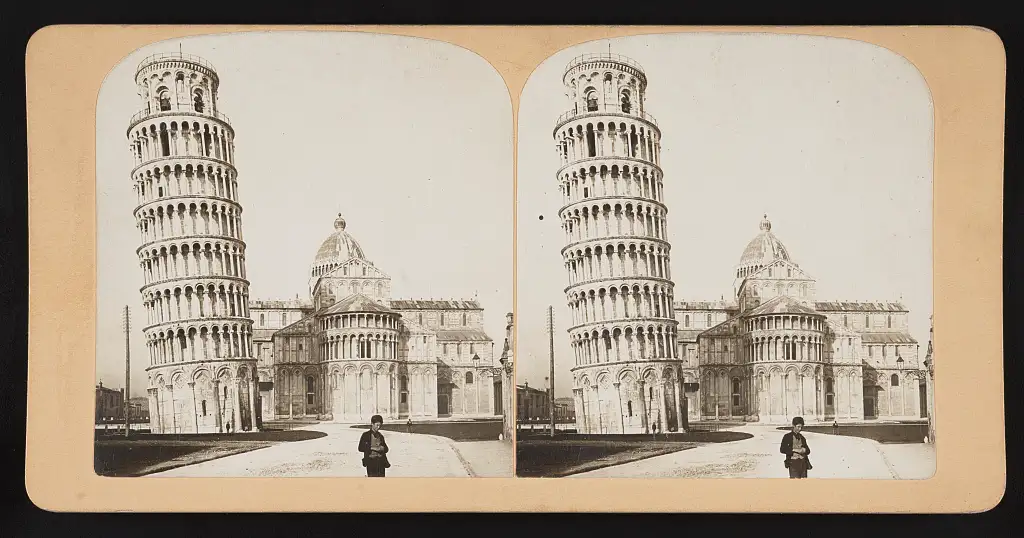
Pisa, Italy
🤯 Weird & Wonderful Facts About Stereo Cards and Viewers
1. Queen Victoria Helped Launch the Craze
When Queen Victoria and Prince Albert were shown a stereoscope at the 1851 Crystal Palace Exhibition, they were so enchanted that it sparked a Europe-wide obsession. Imagine royalty geeking out over 3D postcards!
2. They Were the Victorian Version of Virtual Reality
Stereoscopes were marketed as immersive travel tools. Families could “visit” the pyramids, Yosemite, or bustling cities—all from their parlour chairs. It was armchair tourism before Lonely Planet existed.
3. Some Stereo Cards Were… Spooky
The French created a series called Diableries—stereo cards depicting skeletons, devils, and underworld scenes. When backlit, hidden elements like glowing eyes or flames would appear. Victorian horror in 3D.
4. They Were Used for Missionary Work
Stereo cards weren’t just entertainment—they were educational and evangelical. Missionary societies used them to show scenes from foreign lands and religious gatherings, blending faith with visual storytelling.
5. The Ives Kromskop Viewer Created Full-Color 3D Images in 1894
Long before color photography was mainstream, the Kromskop used red, green, and blue filtered glass positives to create stunning full-color stereo images. It was decades ahead of its time.
6. They Were Sold in Boxed Sets Like Netflix Series
Companies like Underwood & Underwood sold stereo card sets titled things like 100 Views of China or The Holy Land. You could collect and binge-watch history, one card at a time.
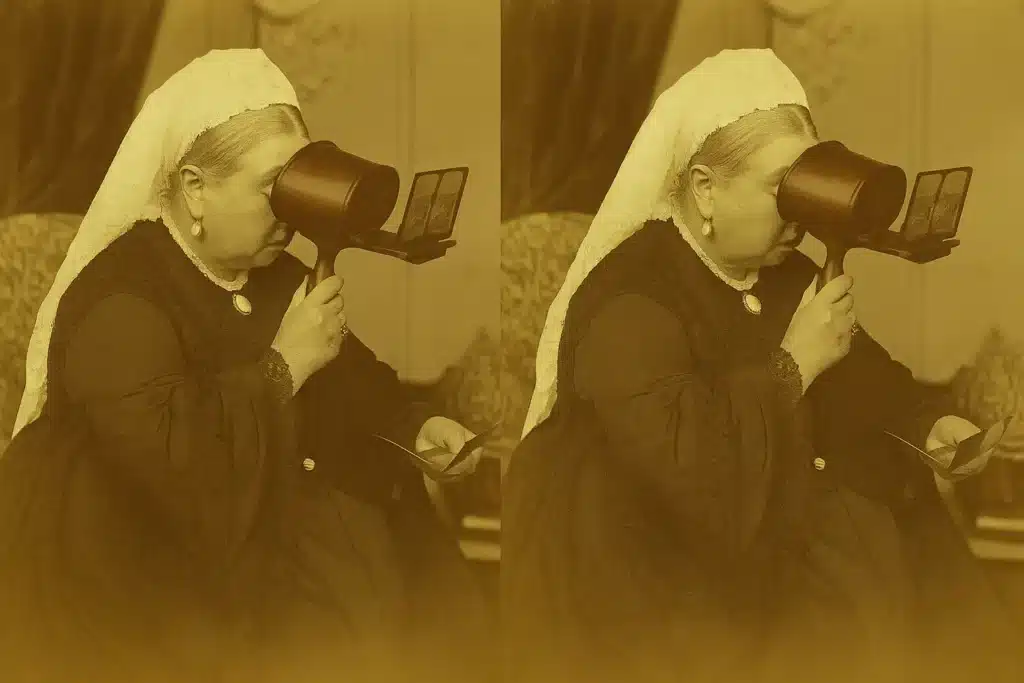
Experience Photo Restoration Excellence Pay Only If You're Satisfied
Allow our experts to restore your damaged photos with precision and care - satisfaction guaranteed!
You only pay if you are completely satisfied with the results.
It's Simpler Than You Think
1.Get Free Quote
2 Place Your Order
3. Receive Restored Photo
Restoring and viewing stereo cards in 3D using modern technology is not only possible—it’s surprisingly accessible and creatively rewarding. Here’s how you can bring these antique treasures into the digital age:
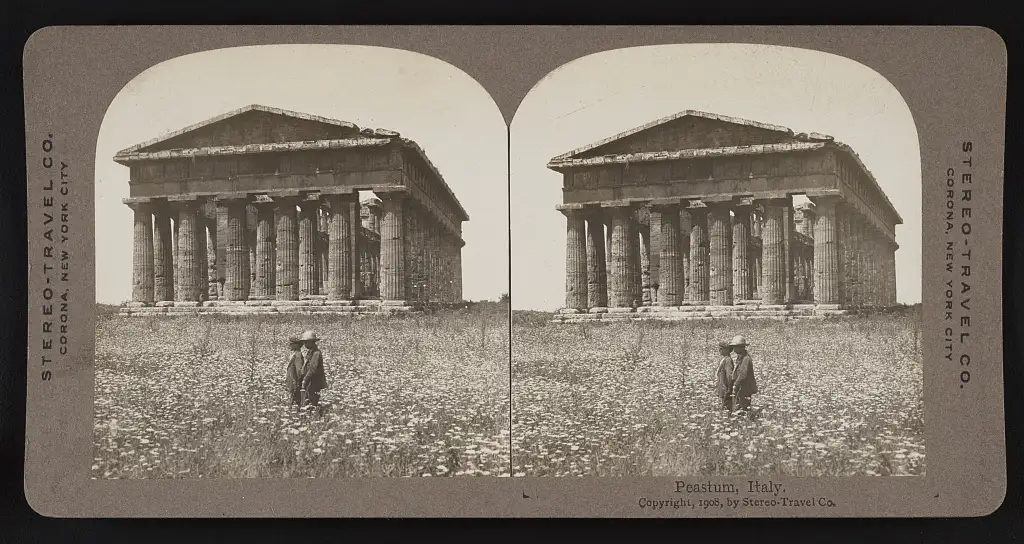
Peastum, Italy
Step 1: Digitally Restore the Stereo Cards
Scan Each Image Separately
Use a high-resolution flatbed scanner (600–1200 DPI) to scan both the left and right images individually.
Ensure proper alignment and avoid cropping too tightly—preserve the full card for archival integrity.
Edit and Restore
Use tools like Photoshop or Lightroom to:
Repair fading, scratches, and discoloration
Balance contrast and tone
Maintain historical authenticity (no over-editing)
Align and Format
Use Stereo Photo Maker (SPM)—a free, powerful tool—to:
Align left/right images precisely
Crop to standard stereo formats (Holmes, Cabinet, etc.)
Apply sepia tones or grayscale for vintage effect
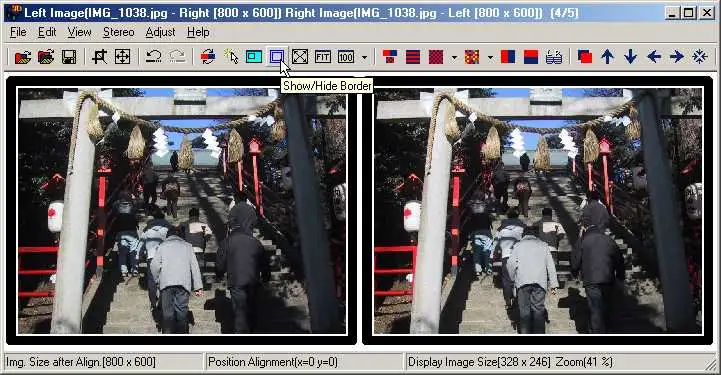
StereoPhoto Maker
Step 2: View in 3D Using Modern Tools
📱 Smartphone Apps
3DSteroid Pro (Android/iOS): Lets you view stereo pairs in 3D using parallel or cross-eyed methods
Cardboard Camera: For VR-style viewing with Google Cardboard
🖥️ Wigglegrams & Animated GIFs
Create subtle motion between left/right images to simulate depth
Great for social media or digital archives
🧠 Cross-Eyed Viewing (No Tools Needed)
Display stereo pair side by side
Cross your eyes gently until the images merge into one 3D scene
Works surprisingly well on tablets and monitors
🥽 VR Headsets
Load stereo pairs into VR viewers like Oculus or Meta Quest
Use apps that support side-by-side image formats for immersive depth
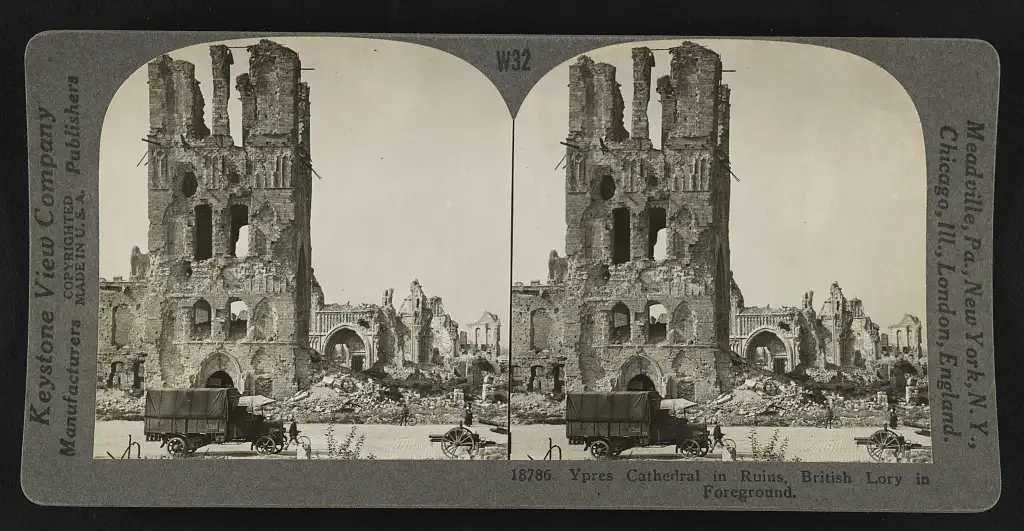
Ypres Cathedral in ruins, British lory in foreground
Bonus: 3D Reconstruction (Advanced)
For tech-savvy restorers, stereo pairs can be used to generate 3D models using tools like OpenCV and MeshLab. These applications analyze disparities between the images to build depth maps and point clouds—ideal for museums or interactive exhibits.
Why It Matters
Restoring stereo cards isn’t just about fixing old photos—it’s about reviving perspective, honouring legacy, and making history feel alive again. With today’s tools, you can preserve the soul of these images and invite others to experience them in ways their original creators never imagined.
Free Photo Prints with Every Photo Restoration
Take Advantage of Our Exclusive Offer! When you use our photo restoration service, you’ll receive a free print of each restored image. Don’t miss this opportunity to revive your cherished memories with a stunning, high-quality print at no additional cost. Act now and book your restoration service!
